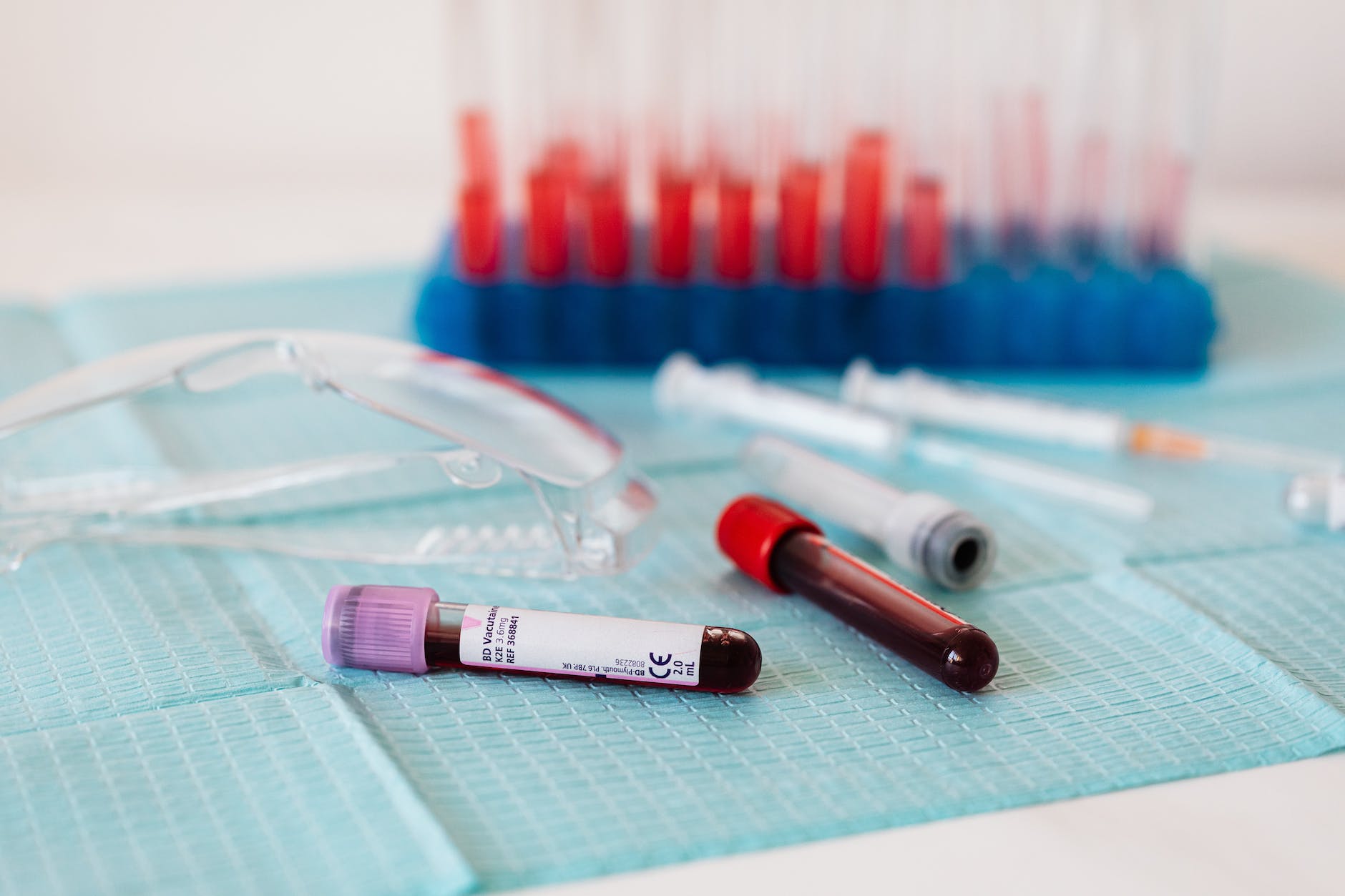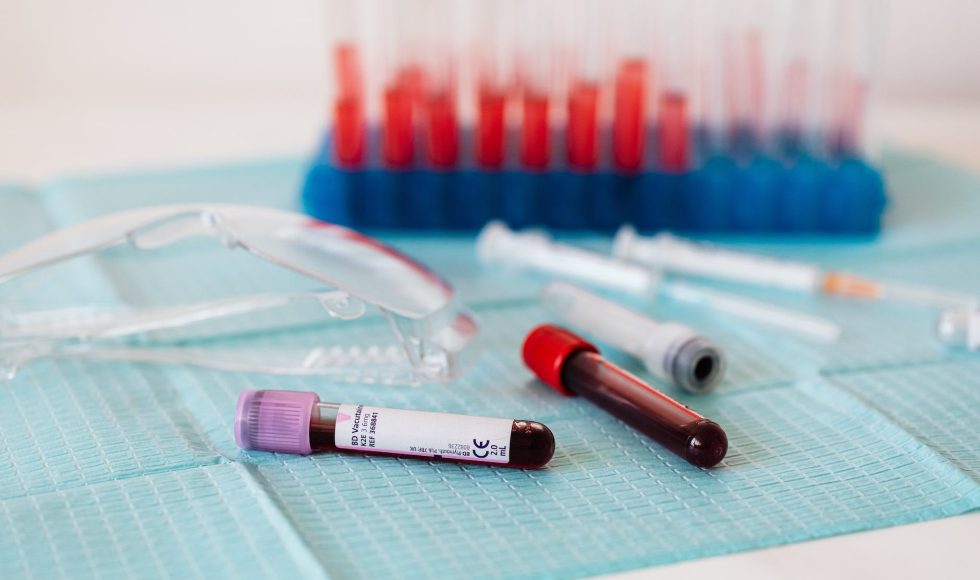“Detection and differentiation of respiratory viral pathogens using near real-time sequencing” is the title of the London Calling 2023 session by Lukasz Rabalski from the University of Gdansk & Military Institute of Hygiene and Epidemiology in Poland. Rabalski is interested in co-infections and their prevalence and clinical impact. Co-infections can increase the severity of diseases and make diagnostics more challenging. For now, Rabalski explained, multiplex PCR assays are used to detect co-infections. However, there are false-positive signals and amplification of undesired products. Nanopore sequencing can be used in the point-of-care and is robust to work in the benchside with complex samples. Rabalski noted that the possibility of cross-contamination is still an issue. Rabalski uses targeted amplification form purified nucleic acids from upper respiratory infections. They target the main families of viruses. Sequences obtained were used to design new primers and optimize thermocycling conditions. The approach has been tested with clinical samples. Rabalski concluded that they were able to create a new method based on Oxford Nanopore Technologies (ONT) sequencing results to detect multiple viruses to advance diagnostics. The team was able to create a new method to detect and differentiate multiple viruses in a single sample by using sequencing and sequence analysis to refine their targeted approaches.



